|
Last week we asked you, our readers, for questions that you'd like addressed. We received many great inquiries, and today we will address one:
"Can you talk about the importance of stillness in yoga practice?" As we consider the importance or lack thereof of stillness, it is vital to consider the root question of any undertaking: what is the purpose? Before reading on, it is worth taking a moment to consider the purpose of your yoga practice. The form of your practice should serve its function, meaning that it should accomplish whatever it is that you are trying to achieve. This can be complicated when talking about yoga, because it has changed a lot over hundreds of years. TWO STYLES Stillness can be confusing and even controversial in today's Western yoga world. The majority of what is practiced as yoga today includes abundant movement, often referred to as "flow." Various bodily positions are fluidly linked together and transitioned between, with lots of Sun Salutes, a calisthenic exercise that incorporates regular breathing with stretching, a push-up-like movement and some spinal bending. The Sun Salute (Surya Namaskara) became popular in India in the 1920s. A contrasting style focuses on positions held in stillness, anywhere from 10 seconds to several minutes. In the past decade or so, it has become fashionable to refer to any stillness-based method as hatha yoga, presumably to separate it from the movement-based vinyasa methods described above. DIFFERENT YOGAS For the past hundred years or so, calisthenics, gymnastics, acrobatics and contortion have taken the name of yoga. This is why so much "yoga" in the West includes movement, strength, jumping, deep stretching, rhythmic breathing, getting the heart rate up, sweating, etc. Calisthenics and exercise have been known to improve physical and mental health, and it is no surprise that yoga practices have veered in this direction as our culture puts more and more value on fitness. But these tendencies--movement, health and fitness--are new to the yoga world. CLASSICAL YOGA The earliest extant texts on yoga, including the Upanishads, the Mahabharata and the Yoga Sutras, describe a practice of mental concentration, turning the senses, mind and intellect toward the inner self. This practice doesn't include moving the body in any particular position, other than holding it “steady like a pillar and motionless like a mountain. Then it can be said that they are practicing yoga.” (Mahabharata 12.294.15) According to these texts, stillness of the body is a prerequisite for yoga practice. If the body is moving, the senses are stimulated, including the sense of touch and sight to enable coordination and balance. The senses draw the mind outward, preventing it from turning inward in anything that could be called yoga practice. According to the earliest texts, yoga is not a physical practice but a mental one. So focusing on what we are doing with the body can be misleading, lest we think that holding the body in stillness equals practicing yoga. But the body must be held "as motionless as a rock” (Mahabharata 12.294.14) for the true practices of yoga--the mental elements--to be done. WHAT ARE YOU PRACTICING? Over the past 100 years or so, increasingly physical activities have been labeled "yoga," bringing us to the present day, when yoga has the connotation of gentle exercise, stretching and perhaps some spiritual elements. The physical focus has become more central, and the mental/spiritual focus has diminished greatly. If you want to improve your flexibility and reduce your stress, the low-impact exercises that are now known as yoga will be helpful. If you want to increase your cardiovascular endurance, you should do longer, more repetitive exercise like running or swimming. Even the most vigorous yoga practices only give a fraction of the cardiovascular benefit of running. If you want to lose weight, check what and when you are eating, your stress and sleep. If you want to understand the nature of your mind, being and who you are, the meditative practices of yoga are for you. In the end, it doesn't much matter what you call the practices, it just matters what the practices accomplish. So whether you call it yoga or something else, try to choose the right practices for your goals.
7 Comments
Tom
7/31/2018 07:49:02 am
Hi Scott,
Reply
Scott
7/31/2018 08:05:07 am
Hi Tom,
Reply
David
7/13/2020 02:54:53 pm
<Bikram Yoga, with the heat, increases the heart rate in an effort to cool the body.>
Ida (Ghosh Yoga)
7/20/2020 11:52:04 am
Hi David, 12/16/2019 11:50:07 pm
Nice article.
Reply
Melania
4/14/2022 11:50:29 pm
Excellent article thank you.
Reply
Leave a Reply. |
AUTHORSScott & Ida are Yoga Acharyas (Masters of Yoga). They are scholars as well as practitioners of yogic postures, breath control and meditation. They are the head teachers of Ghosh Yoga.
POPULAR- The 113 Postures of Ghosh Yoga
- Make the Hamstrings Strong, Not Long - Understanding Chair Posture - Lock the Knee History - It Doesn't Matter If Your Head Is On Your Knee - Bow Pose (Dhanurasana) - 5 Reasons To Backbend - Origins of Standing Bow - The Traditional Yoga In Bikram's Class - What About the Women?! - Through Bishnu's Eyes - Why Teaching Is Not a Personal Practice Categories
All
Archives
May 2024
|

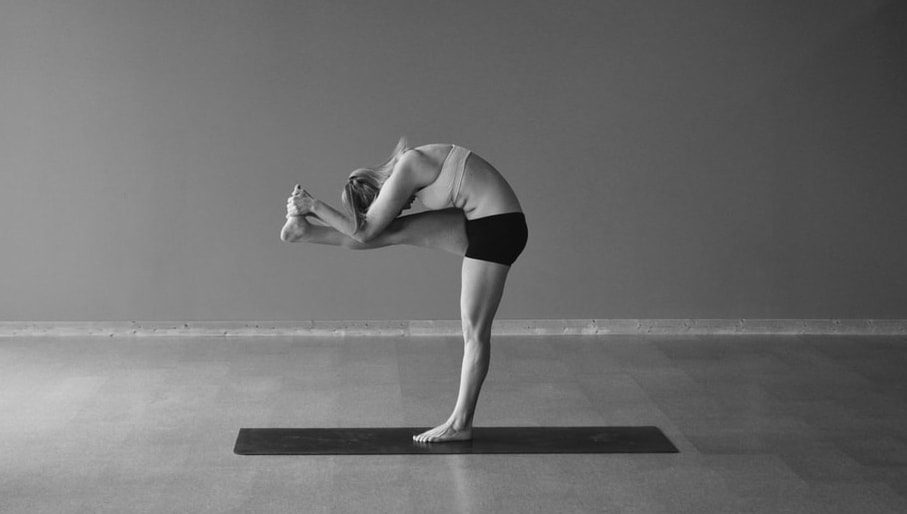
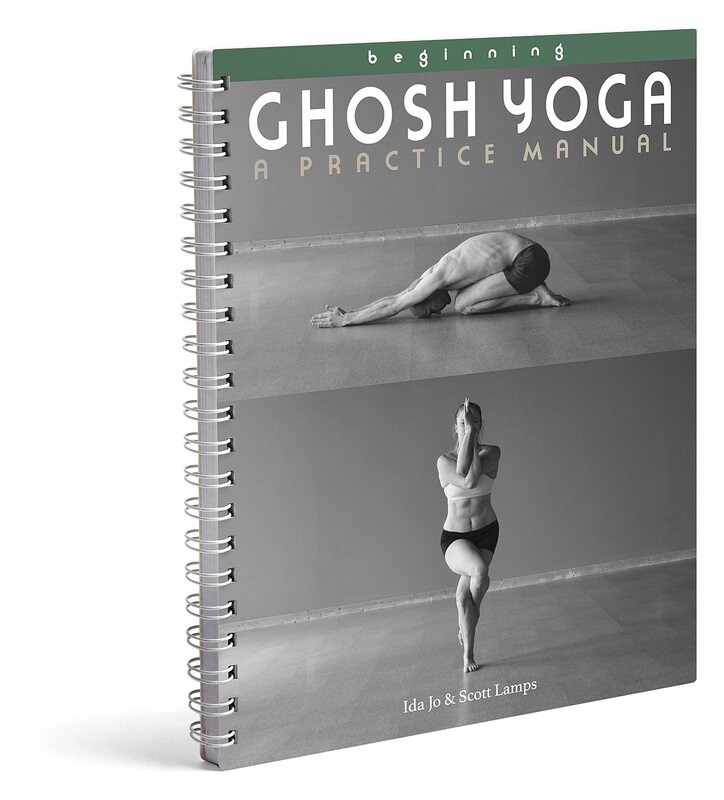
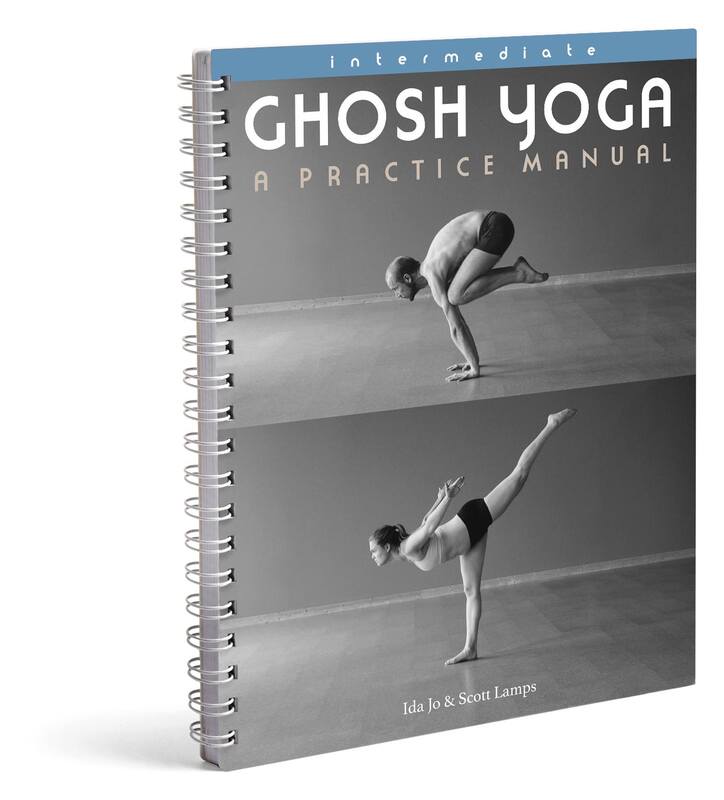
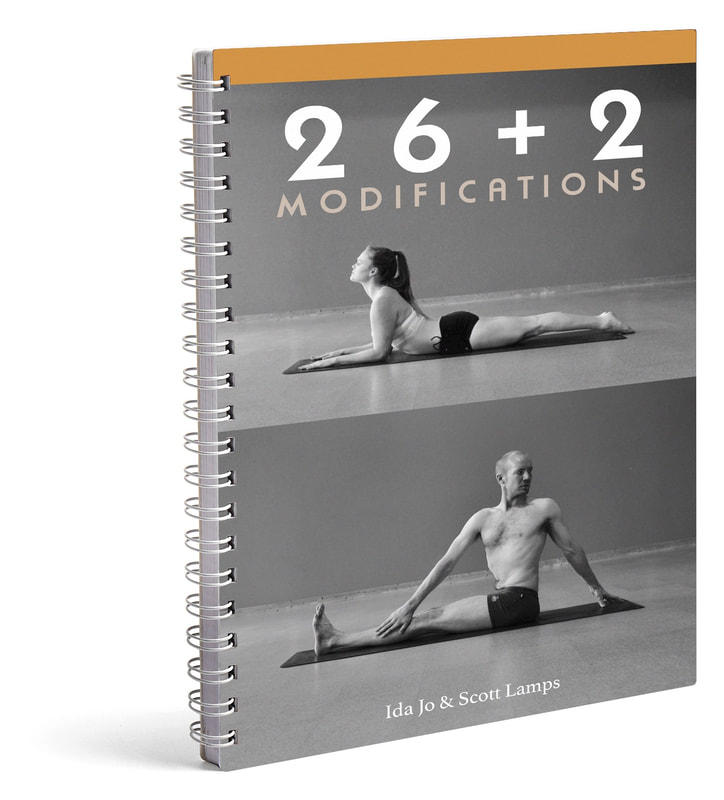
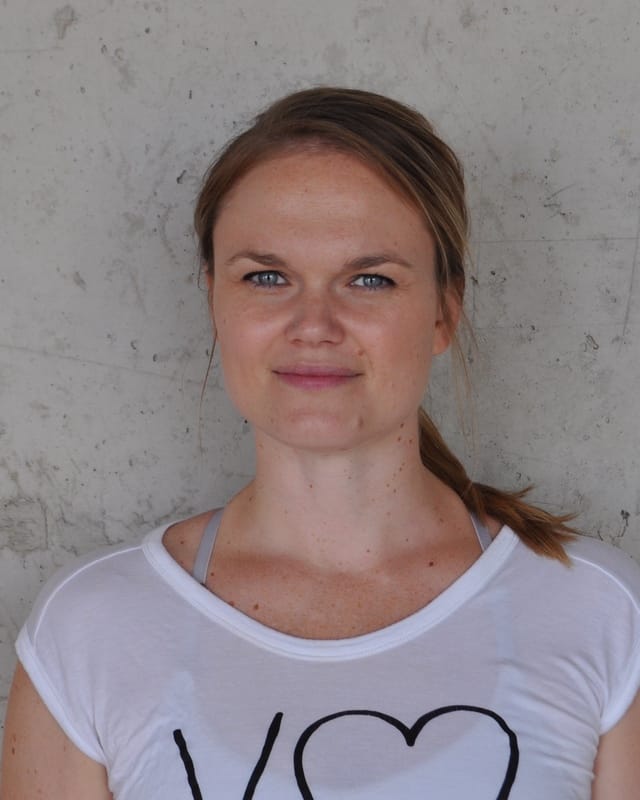
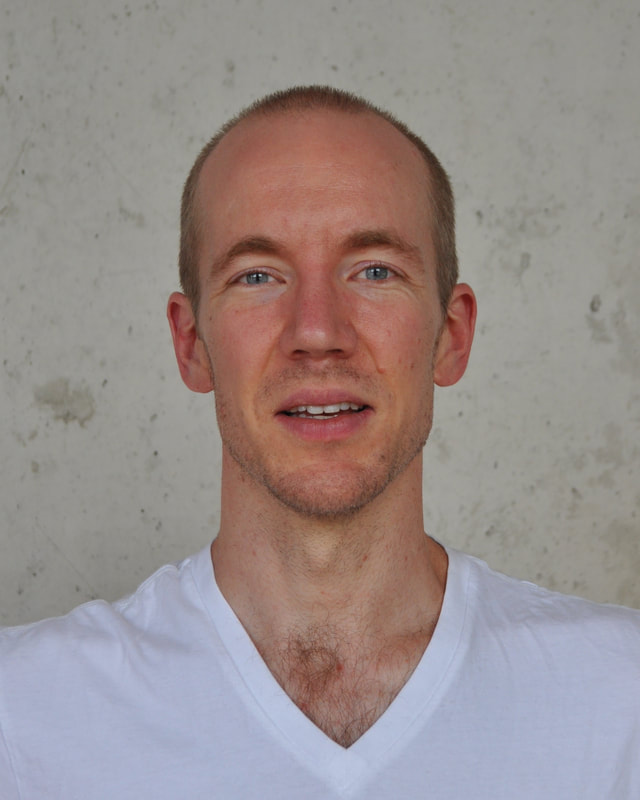
 RSS Feed
RSS Feed